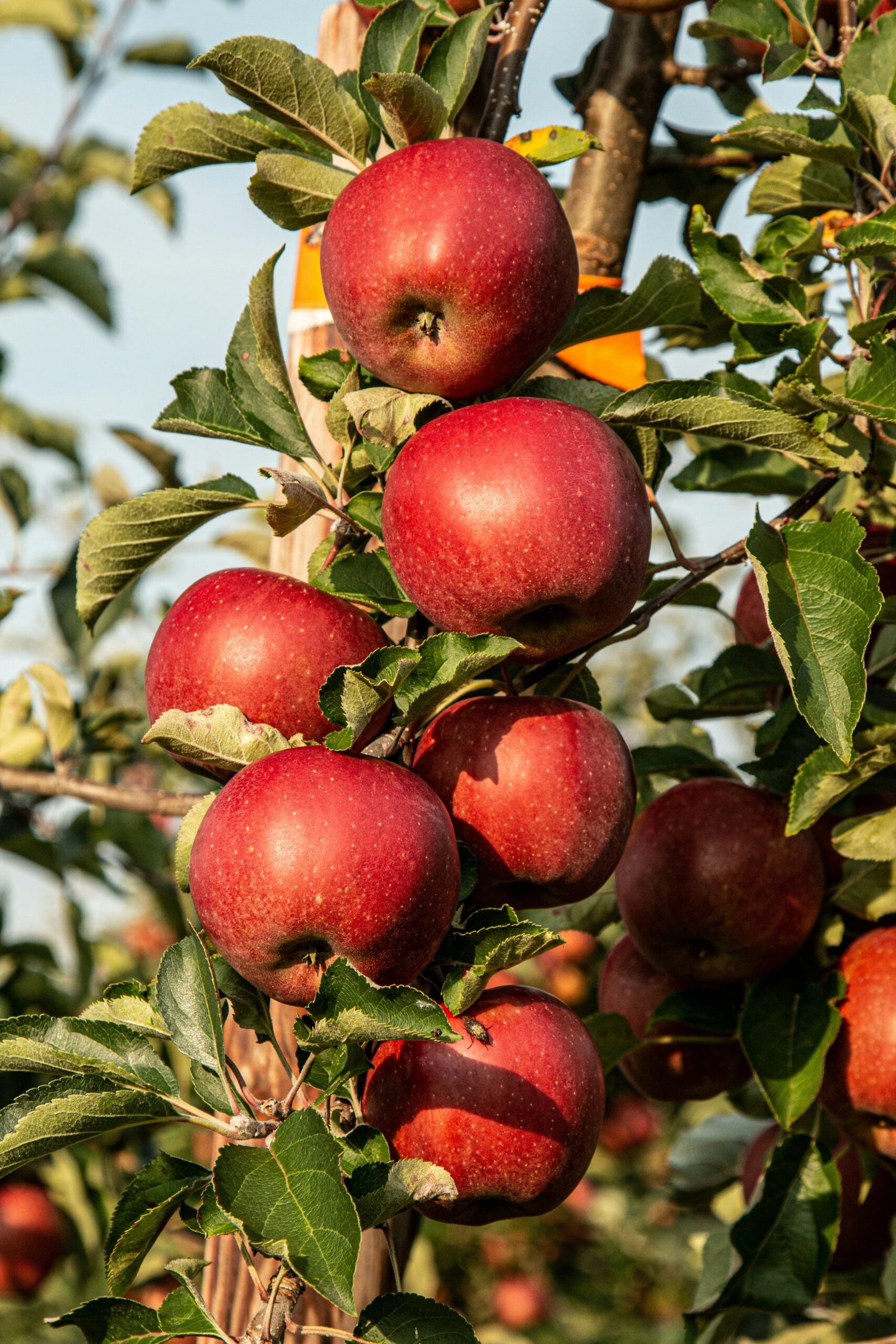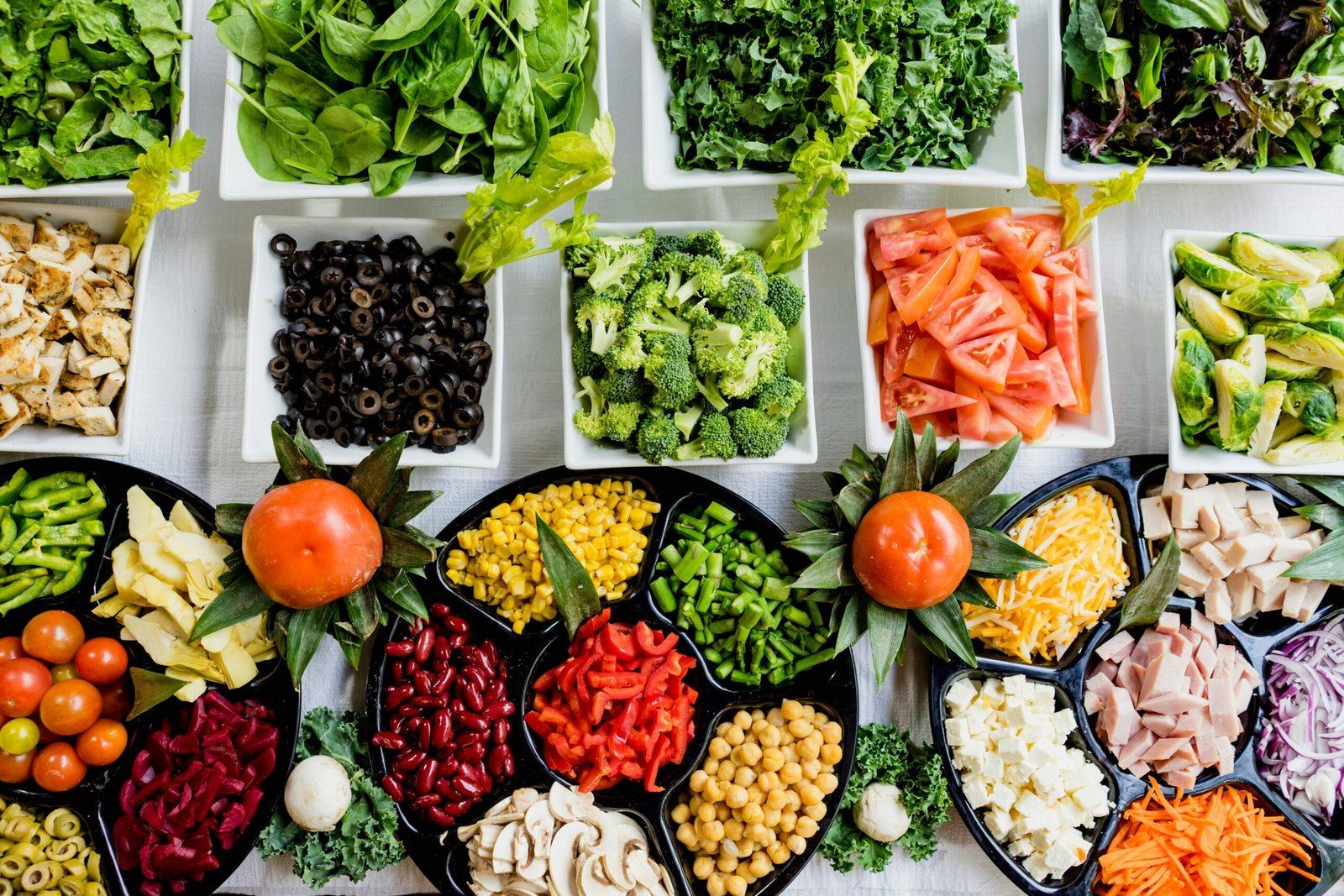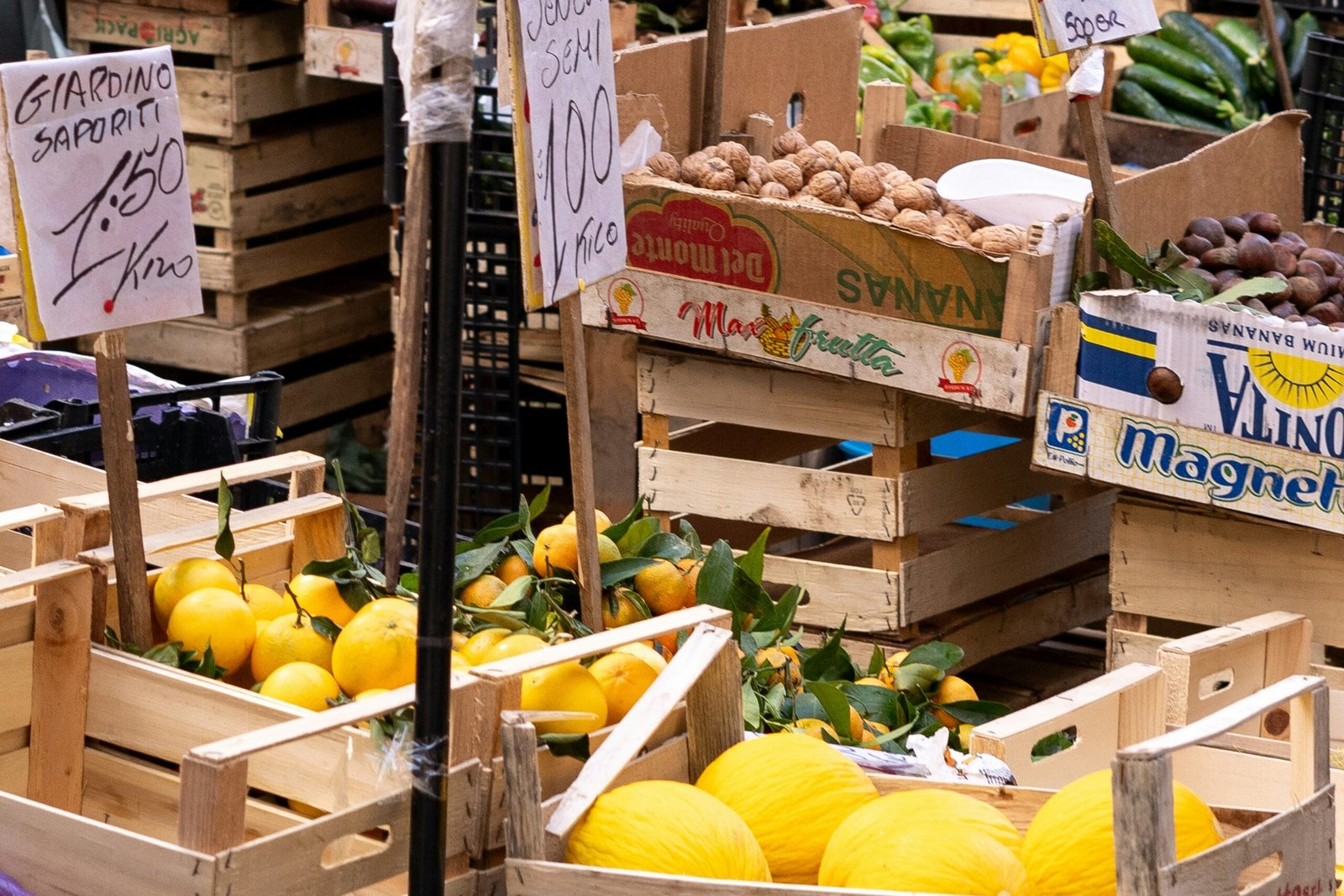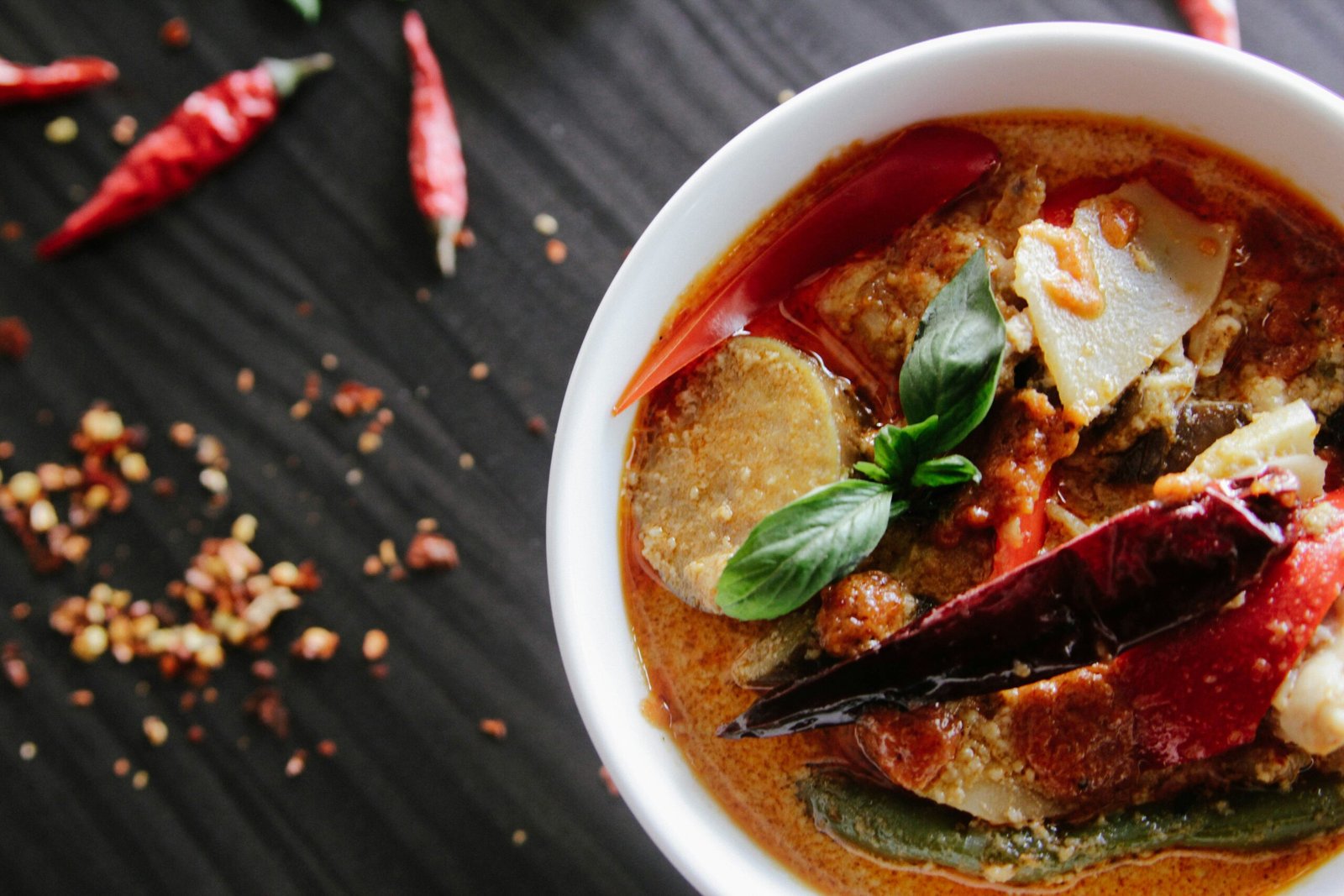How to Choose the Best Beef for Your Cooking Needs
When it comes to cooking beef, choosing the right cut is essential for a delicious and satisfying meal. Whether you’re grilling, roasting, or stewing, the same criteria apply to selecting the best beef for your cooking needs. In this article, we’ll explore the factors to consider when choosing beef and offer some tips to help you make the best choice.
1. Consider the Cut
The first step in choosing the best beef for your cooking needs is to consider the cut. Different cuts of beef have different textures and flavors, which can greatly impact the outcome of your dish. Here are a few popular cuts and their best uses:
- Ribeye: Known for its marbling and tenderness, ribeye is an excellent choice for grilling or pan-searing.
- Sirloin: This lean cut is versatile and works well for grilling, roasting, or stir-frying.
- Filet Mignon: Tender and buttery, filet mignon is perfect for special occasions and is best cooked by grilling or pan-searing.
- Brisket: Ideal for slow cooking, brisket becomes tender and flavorful when braised or smoked.
- Chuck Roast: With its rich flavor, chuck roast is great for pot roasts or slow-cooked stews.
These are just a few examples, and there are many other cuts available. Consider the cooking method you plan to use and choose a cut that is suitable for it.
2. Look for Quality
When selecting beef, it’s important to look for quality. Here are a few things to keep in mind:
- Grading: Beef is graded based on its quality, with higher grades indicating better flavor and tenderness. The most common grading system in the United States is the USDA grading system, which includes Prime, Choice, and Select. Prime is the highest grade and is typically found in high-end restaurants, while Choice and Select are more readily available in supermarkets.
- Marbling: Marbling refers to the white flecks of fat within the meat. More marbling generally means more flavor and tenderness. Look for beef with even marbling throughout.
- Color: The color of the beef can also indicate its quality. Look for beef that is bright red, as this indicates freshness. Avoid beef that is brown or gray.
By considering these factors, you can ensure that you’re selecting high-quality beef for your cooking needs.
3. Consider Your Budget
While it’s always nice to splurge on the best cuts of beef, it’s important to consider your budget. There are plenty of affordable cuts that can still deliver great flavor and tenderness. Talk to your local butcher or meat counter staff for recommendations on budget-friendly options.
Additionally, buying in bulk or during sales can help you save money. Consider purchasing larger cuts and portioning them out for future meals. You can also look for deals on frozen beef, which can be just as delicious as fresh beef when cooked properly.
4. Know the Source
Knowing the source of your beef can give you peace of mind and help you make an informed decision. Look for beef that is sourced from reputable farms or suppliers that prioritize animal welfare and sustainable practices. Locally sourced beef is often a good choice, as it supports local farmers and reduces the carbon footprint associated with long-distance transportation.
When possible, choose beef that is labeled as organic or grass-fed. These labels indicate that the beef has been raised without antibiotics or hormones and has been fed a natural diet.
Conclusion
Choosing the best beef for your cooking needs doesn’t have to be overwhelming. By considering the cut, quality, budget, and source, you can make an informed decision and select beef that will result in a delicious and satisfying meal. Whether you’re grilling a ribeye steak or slow-cooking a pot roast, the right choice of beef can make all the difference in your culinary creations.







